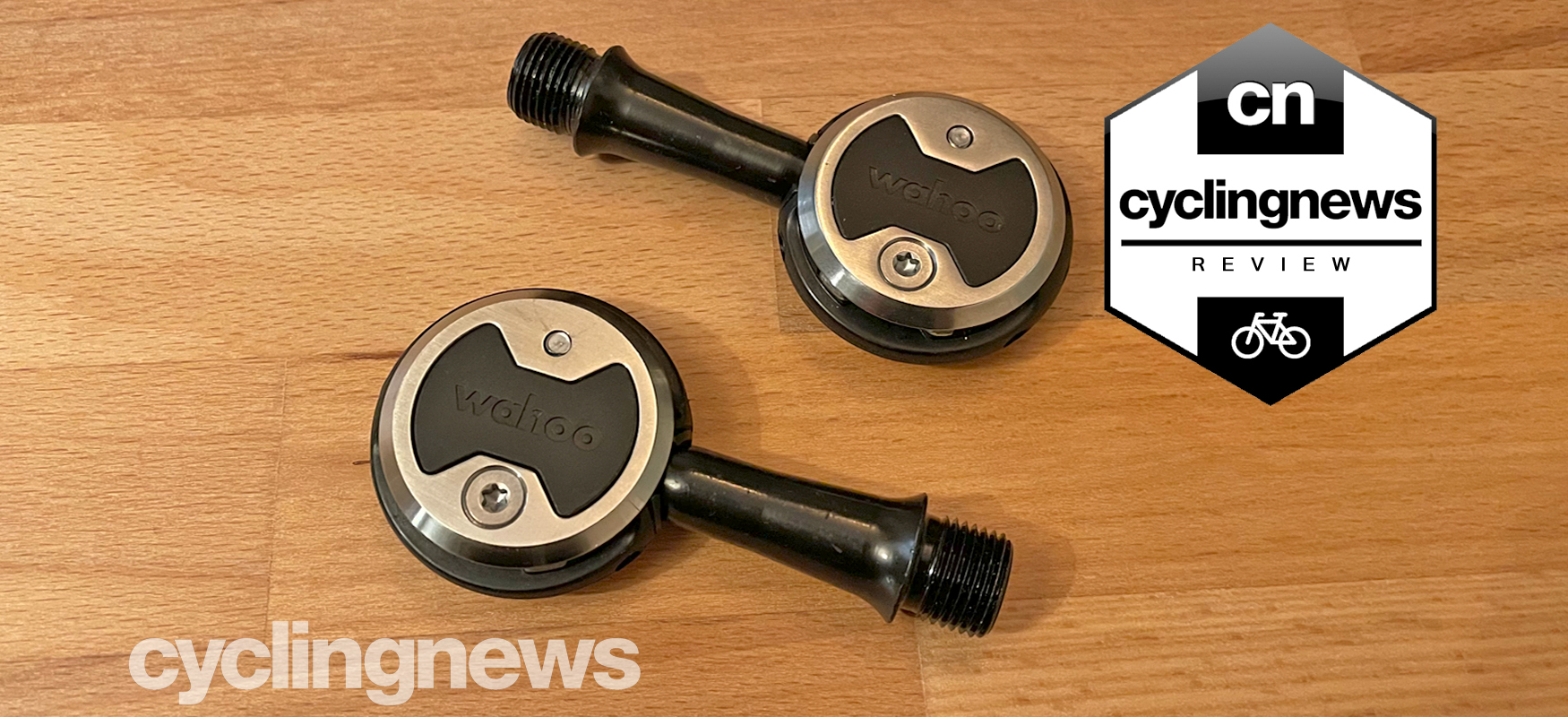Cyclingnews Verdict
A solid entry-level product with plenty of trickle-down technology from the more expensive models, but unless the desire to swap is borne out of fit or adjustment needs, the high price will be hard to justify
Pros
- +
Unrivalled fit options
- +
Low stack height
- +
Walkable cleats
Cons
- -
Price
- -
Cleats susceptible to dirt
You can trust Cyclingnews
Wahoo Speedplay Comp pedals are the entrance to the Wahoo Speedplay pedal platform, but exactly how entry-level are they?
I've spent the past two months using them alongside other Wahoo pedals to get a feel for how they compare, as well as options from Look and Shimano to get a feel for whether the Wahoo Speedplay Comp pedals are worth the switch away from the market leaders and a worthy inclusion in our guide to the best road bike pedals.
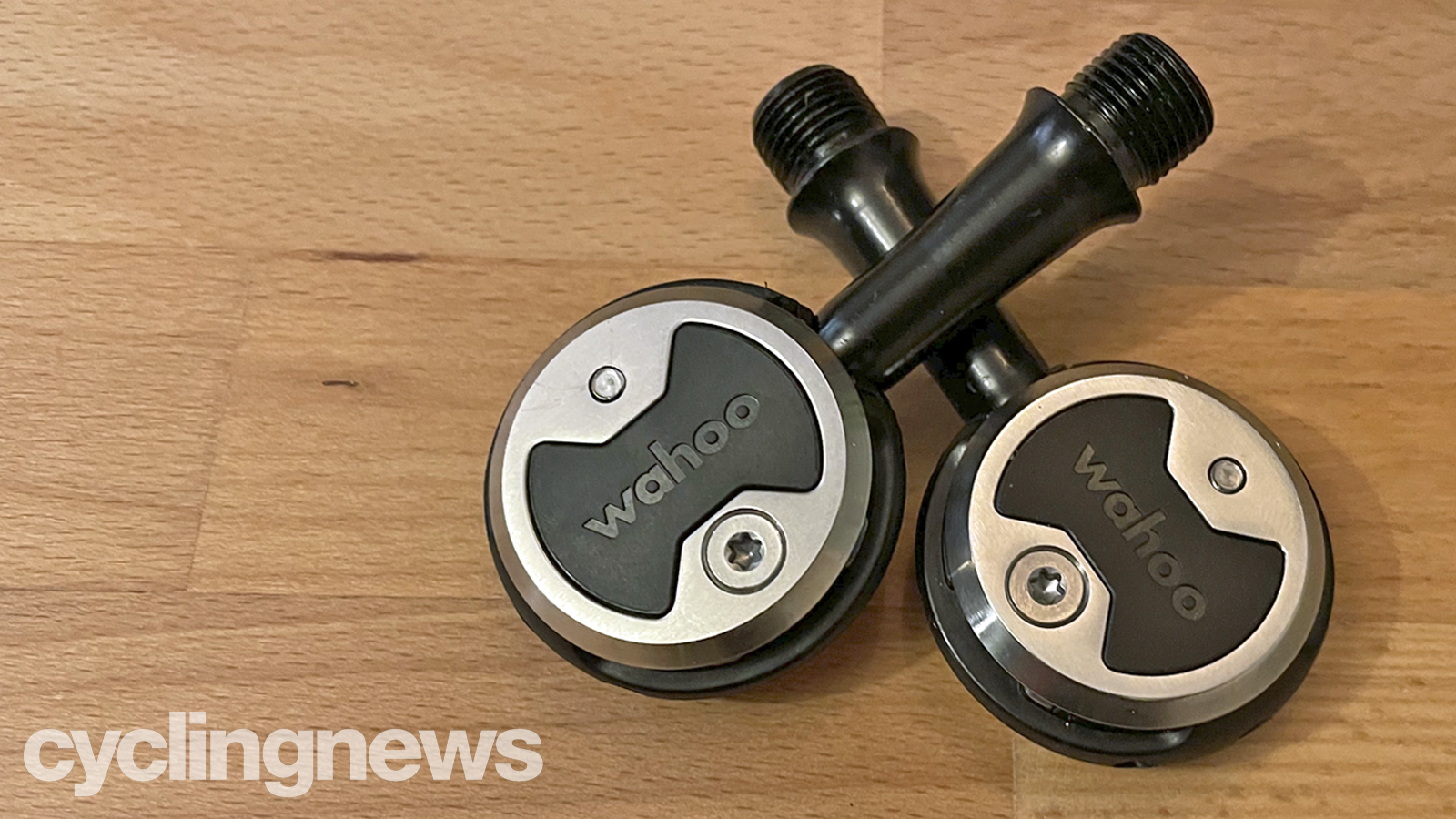
Design and aesthetics
With the Wahoo Speedplay Comp pedals, Wahoo takes the same design as the more expensive models in the range but switches out some of the more expensive materials to lower the cost without losing any of the features offered by the Zero and Nano models.
Sitting directly below the Wahoo Speedplay Zero in the range, the axle is swapped from stainless steel on the Zero to Chromoly on the Comp, although they share the same pedal body. The most expensive Wahoo Speedplay Nano has a carbon composite body, and is the only model in the range to feature it.
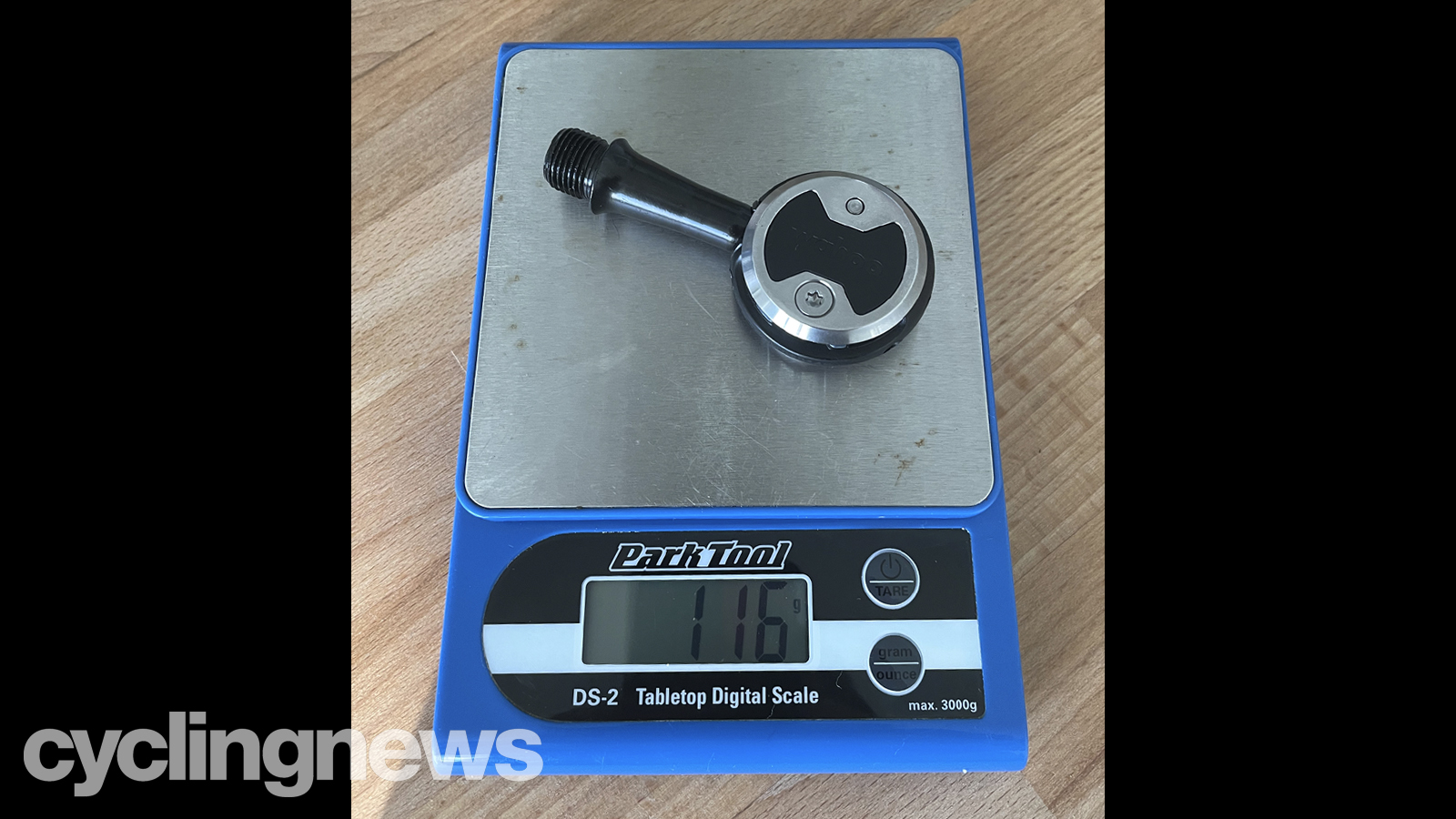
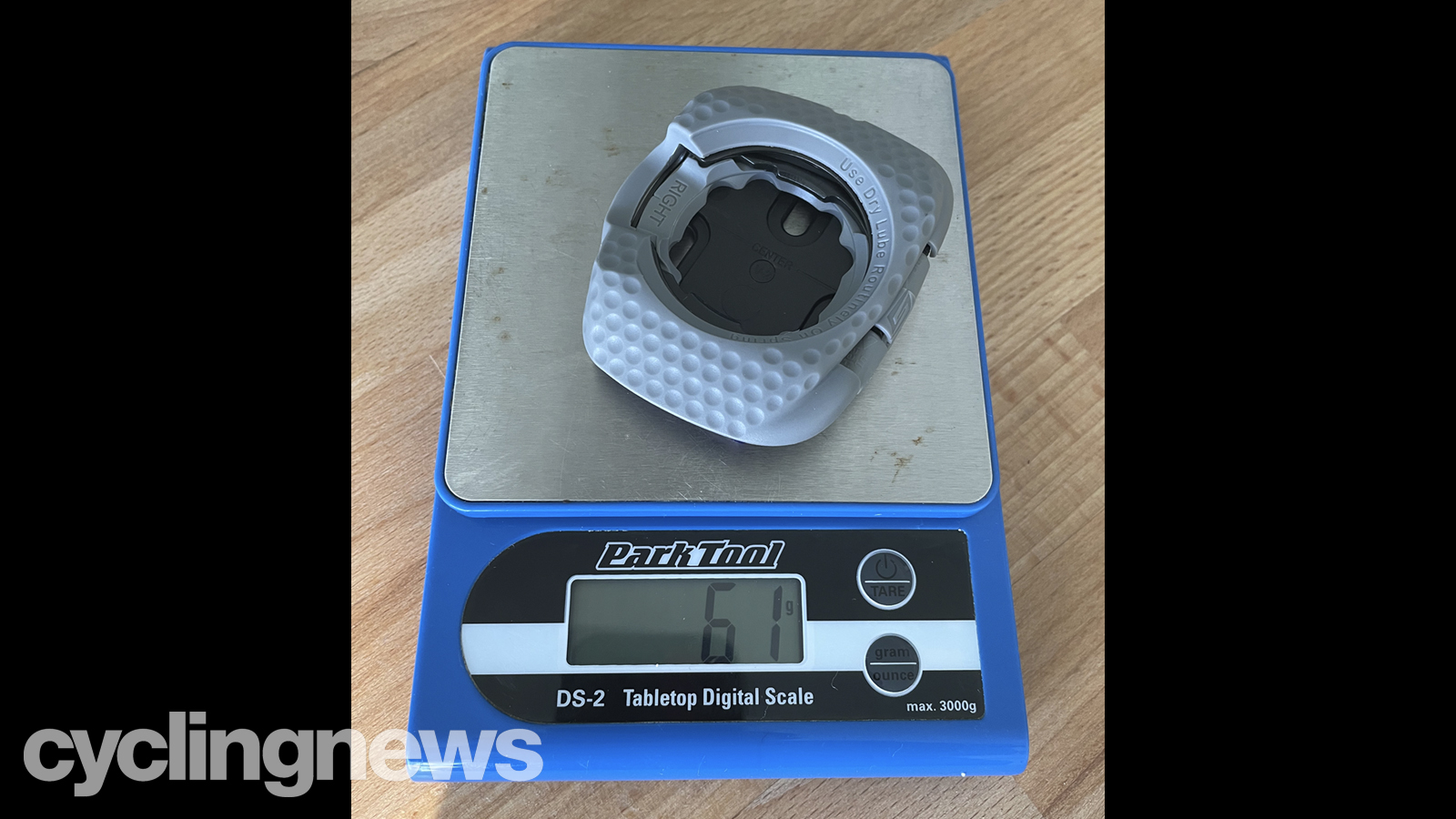
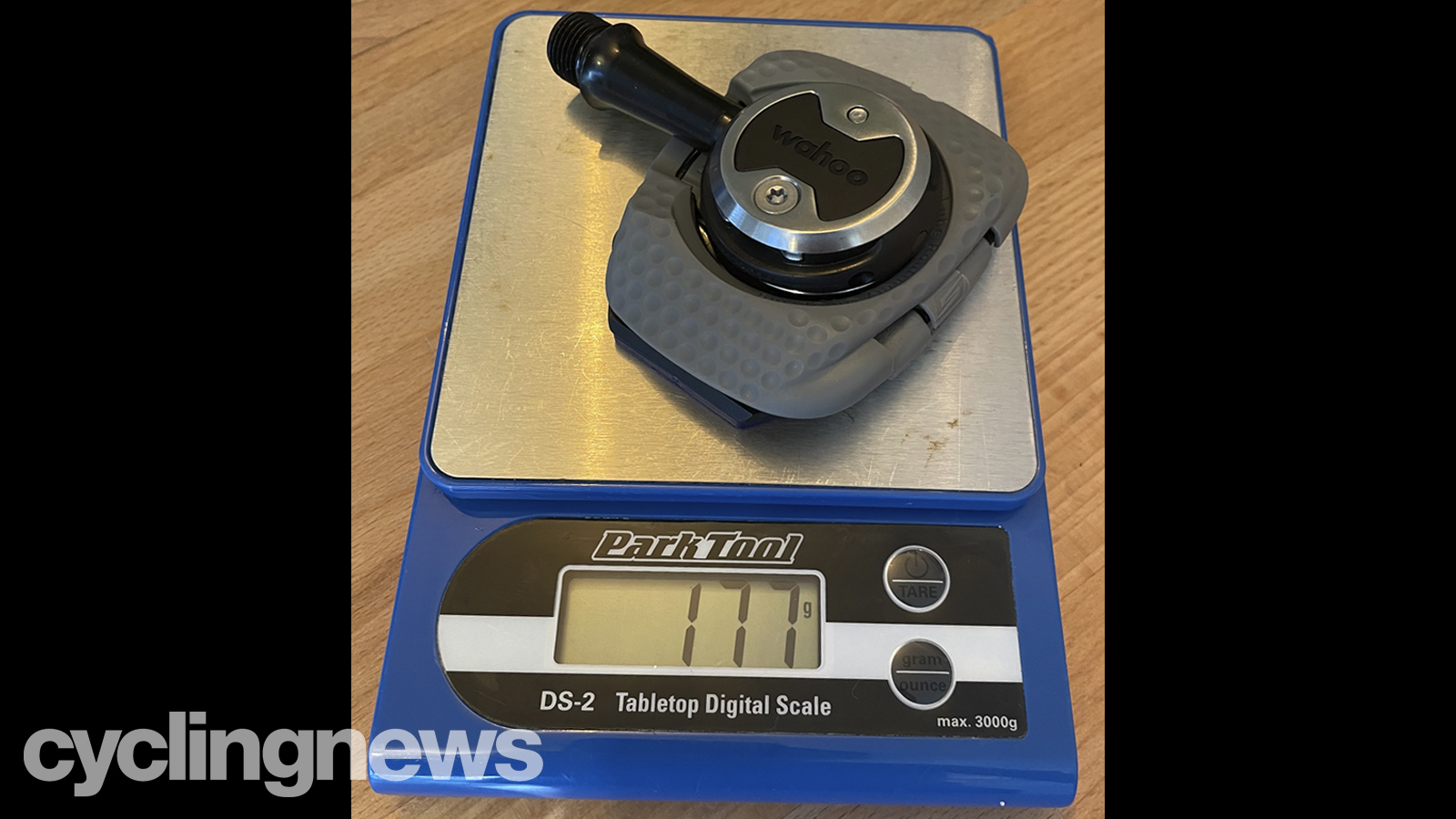
The small changes in materials see the weight increase by 10g per pair (both claimed weight and measured - it’s nice to see a product being exactly the manufacturer’s claimed weight). The Wahoo Speedplay Comp pedals have many of the other features offered by the more expensive models: three-way independent cleat adjustment, low stack height, great cornering clearance, triple-sealed cartridge bearings, and adjustable float and release position. Wahoo is the only pedal brand available that offers this range of adjustment without changing the cleats.
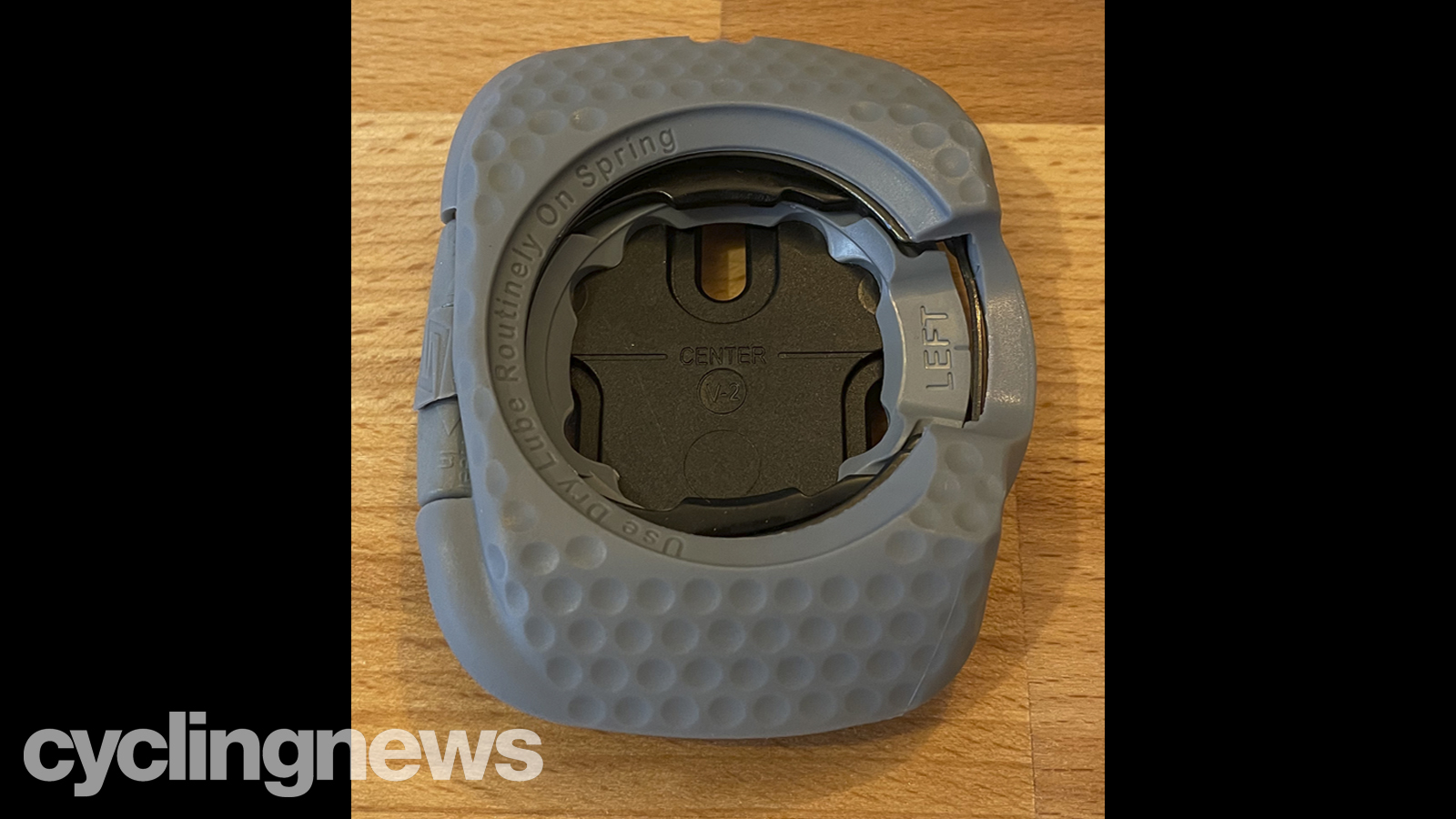
However, the one thing Wahoo pedals don't offer (that others do) is adjustable release tension. This is taken care of with a separate 'Easy' cleat, which essentially uses a lighter spring and makes it easier to get your foot in and out again. While the other three options in the Speedplay range come with the 'Standard' cleat, the Speedplay Comp pedals are supplied with the Easy cleats.
Performance
All of this sounds great on paper but how does it all stack up in use, and how do they compare to the best road bike pedals available? As mentioned in the Wahoo Speedplay Aero review, the cleats are initially more work than other brands to set up because of the increased number of screws and parts to assemble a complete cleat, but once fitted, the range of adjustment is great. With other brands, if you want to adjust your float, it means changing the cleat. With Wahoo Speedplay, you have two set screws on each cleat that adjust how much the spring connecting your cleat to your pedal can move, thus giving you your float and heel in/out adjustment. The Wahoo cleats offer a claimed 0-15 degrees of float, although I found in practice that even with the float screws set with as little movement as possible, there were still a few degrees of movement.
What I particularly liked about the system is that if you want to move your foot closer or further away from the pedal, or your heel in or out, you can do this without the risk of losing the rest of your cleat position. The same goes for moving your foot forward or backwards, although this is a bit more work as you have to remove the top half of the cleat first.
Wahoo supplies a walkable cleat cover with all of its pedals, which is essentially a dimpled rubber sheath that covers all of the screws and the spring, giving the cleat a nice rounded profile. With the cover fitted I think the Wahoo Speedplay cleats are by far the most walkable of all the road cleats on test. With the rounded profile, there is none of the flat-foot tiptoeing that you can find with other cleats. That’s not saying it’s hard to walk in other road cleats, it's just Wahoo Speedplays are easier.
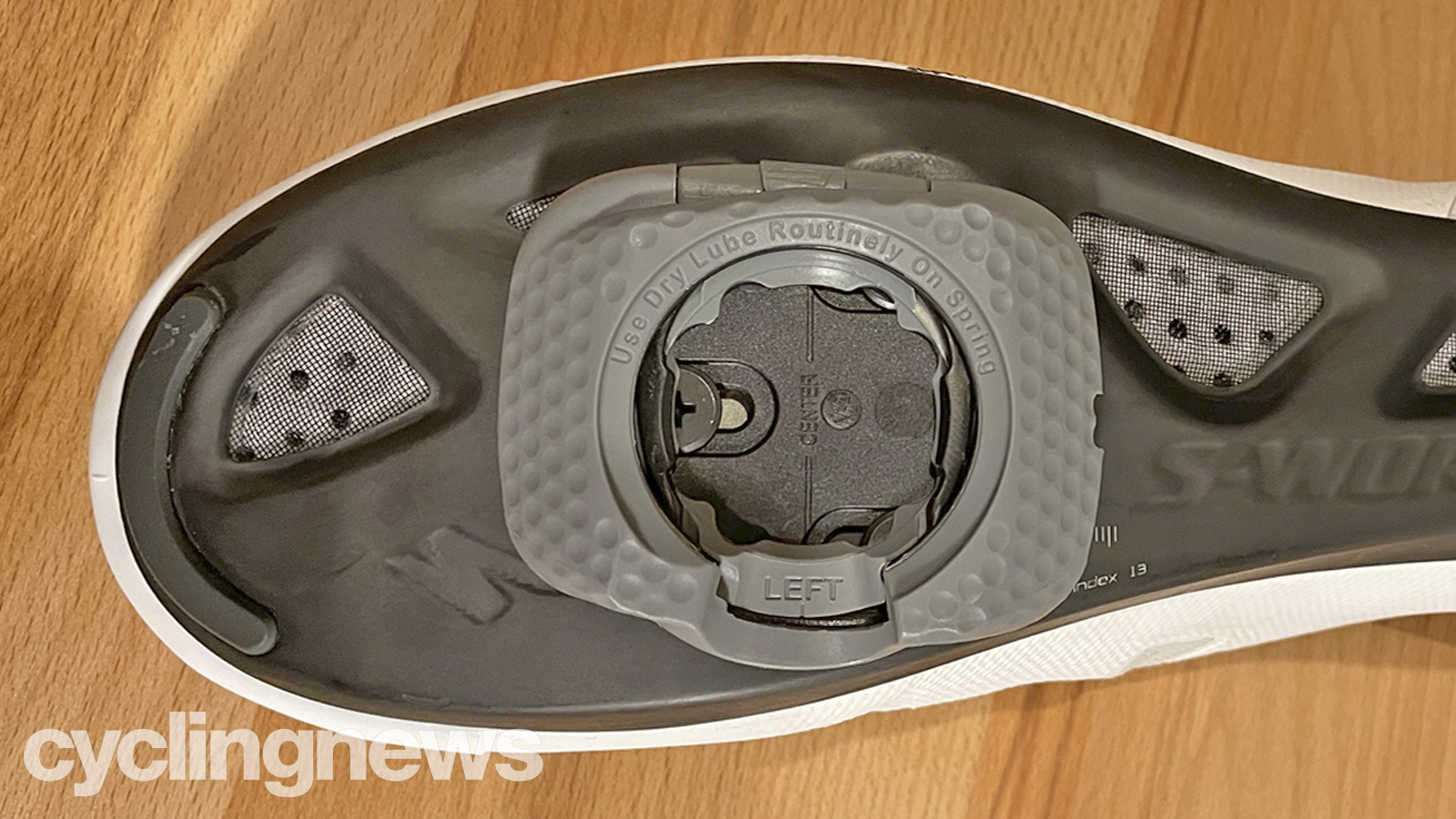
Without the covers the nature of the open cleat does leave it vulnerable to dirt ingress, reducing the performance of the pedals. With others, if you have to walk across some muddy grass then it’s not a big deal, but I found one trip across a coffee shop lawn left me picking mud out of the cleat to restore the ability to clip in.
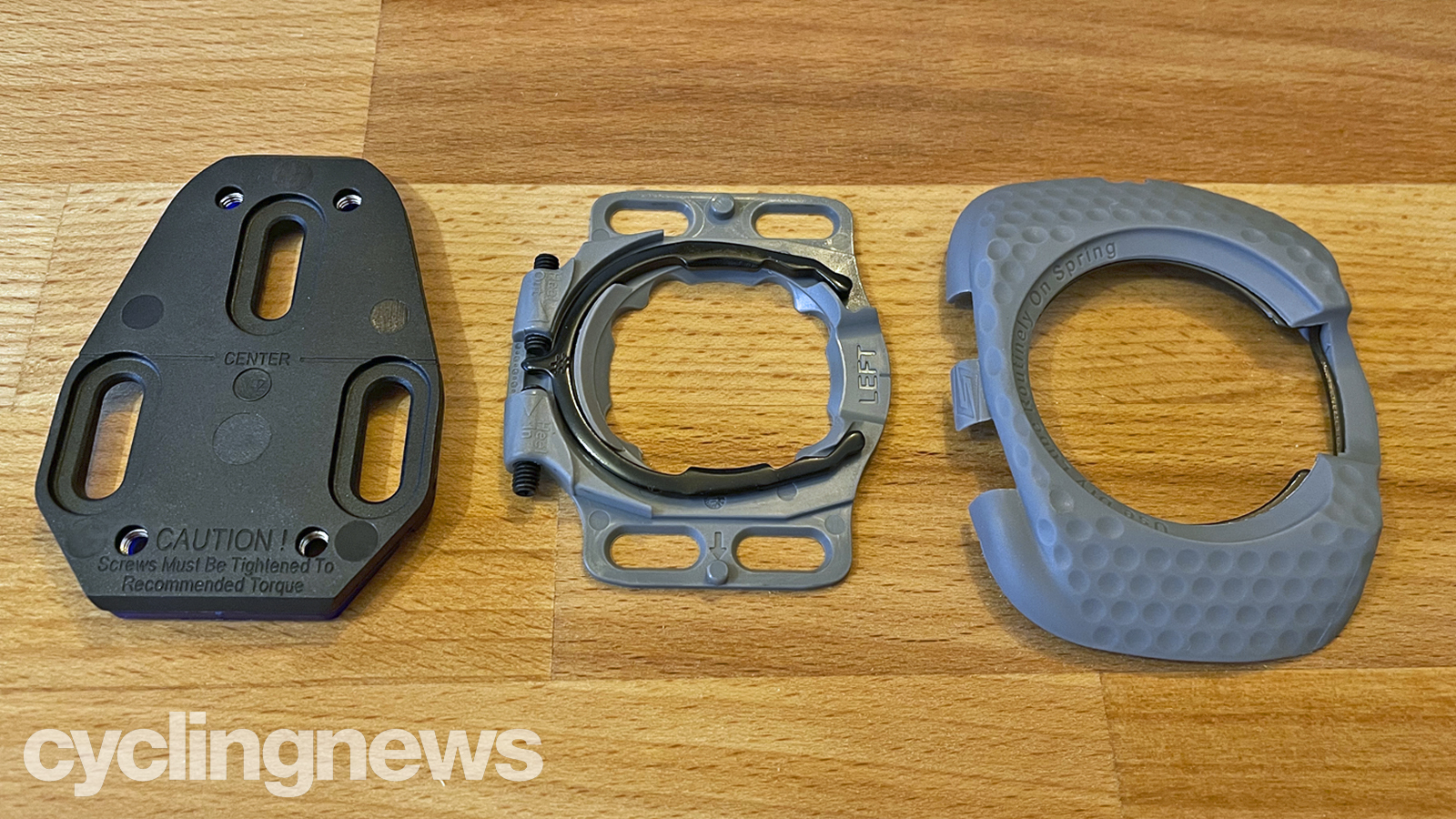
As a long-standing Shimano user, I've long been a fan of the Shimano Dura-Ace pedals' respectable (but not market-leading) stack height of 13.7mm. Wahoo Speedplay offers 11.5mm when used with the adapter plate and 8.4mm when used with a Speedplay-compatible four-bolt shoe. I never thought that I was missing the lower stack height offered by Wahoo with my Shimano pedals, but there is a noticeable difference when switching between the pedal systems, with Speedplay pedals somehow just feeling that little bit smoother while riding.
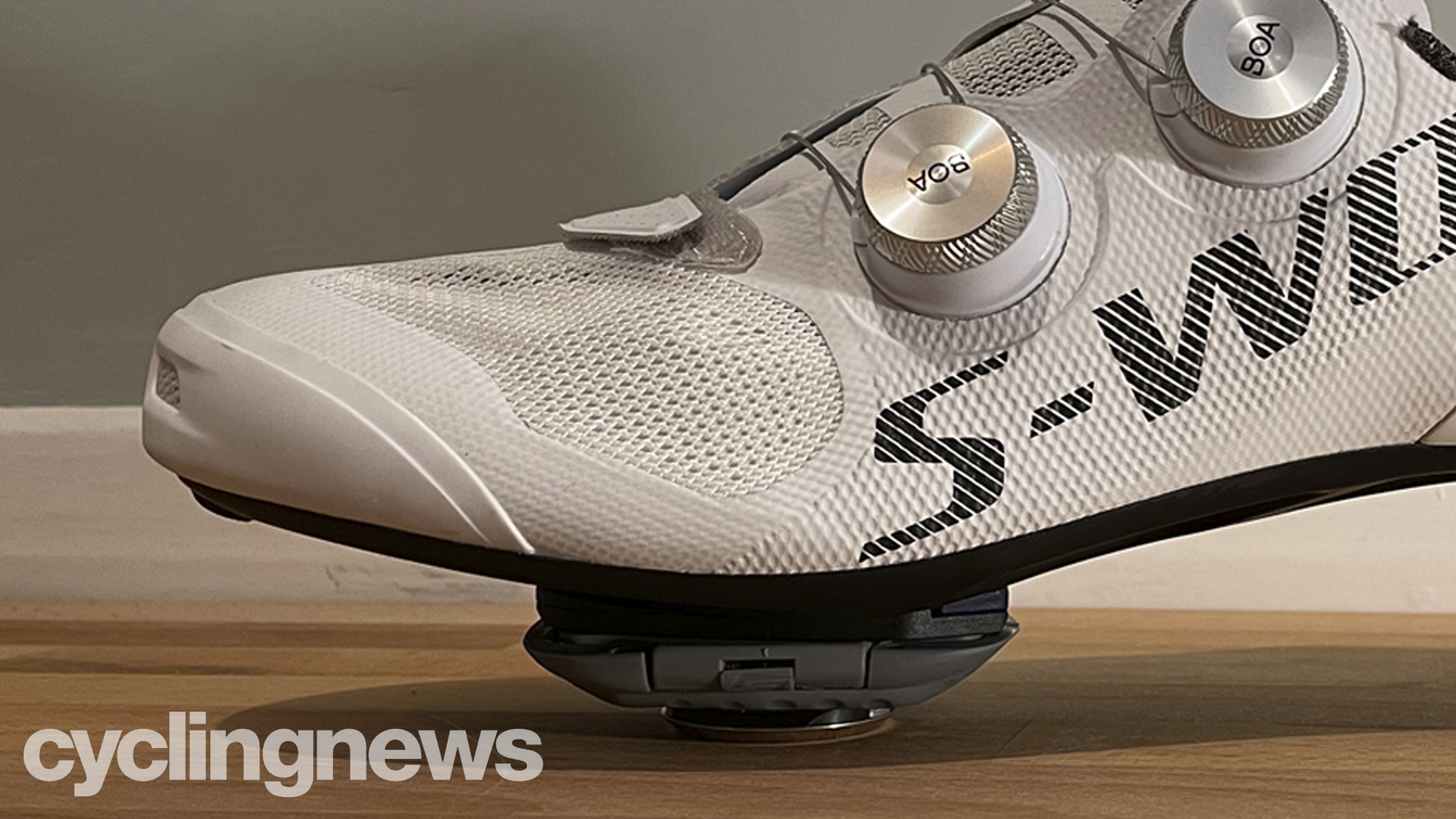
The downside to all this, however, is the price. The Wahoo Speedplay Comp pedals are by far the most expensive entry point to any of the brands on test at £134.99 ($149.99 / €149.99) for the cheapest pedal. This is more than Shimano 105 pedals, which sit on the second rung above the entry-level R550 pedals.
What's more, Wahoo has a seemingly vicelike grip on its pricing so Speedplay pedals will very rarely be found with any significant reductions. That's not a bad thing for the bike industry, but it does mean that, for consumers, this price is actually comparable with the range-topping pedals from the competition, once you factor in discounts available.
Verdict
The Wahoo Speedplay pedal system - whichever model you choose - offers some features and performance benefits that cannot be found in any other brand of pedal. If you have a specific fit issue or really prize the low stack height offered, then there isn’t another pedal that competes, but entry to this system does come at a price, especially if you have multiple bikes to equip or you’re changing from another platform.
With the Wahoo Speedplay Comps offering all the other performance benefits of the more expensive pedals in the range while at the lowest price available, they are the best option for dipping your toe or satisfying that curiosity. Wahoo Speedplay pedals have the most vocal fans of their platform for some good reasons, but it will come down to justifying the outlay.
Tech Specs: Wahoo Speedplay Comp pedals
- Price: $149.99 / £134.99 / €149.99
- Weight: 116g (232g a pair, actual)
- Weight with cleat: 177g (354g a pair, actual)
- Material: Chromoly, stainless steel
- Retention: Allen key (6mm)
- Float: 0 - 15 degrees
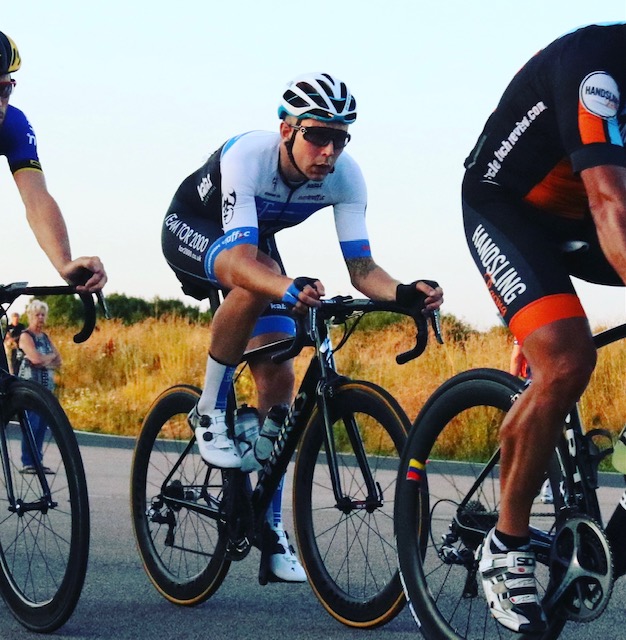
Peter has been riding and racing road, CX, and mountain bikes since the early 2000’s. He spent a decade working at a large independent bicycle shop, handling customer service, warranty and technical questions. Thanks to an obsession with product details he loves nothing more than picking over the newest tech.
Peter is a fastidious mechanic and will not settle for anything less than perfect when it comes to bike setup, whether it be a child first bike or a highly integrated top-tier time trial or road bike.
He’s been writing for Cyclingnews since 2020 as a Contributing Writer, where having a 50km commute to his day job allows him to quickly rack up the miles when putting any new products to the test in all weathers.
He currently rides one of the following: Specialized Tarmac SL6, Basso Diamate, Talbot Frameworks steel road, Trek Emonda ALR, Specialized Crux, Santa Cruz Tallboy.
